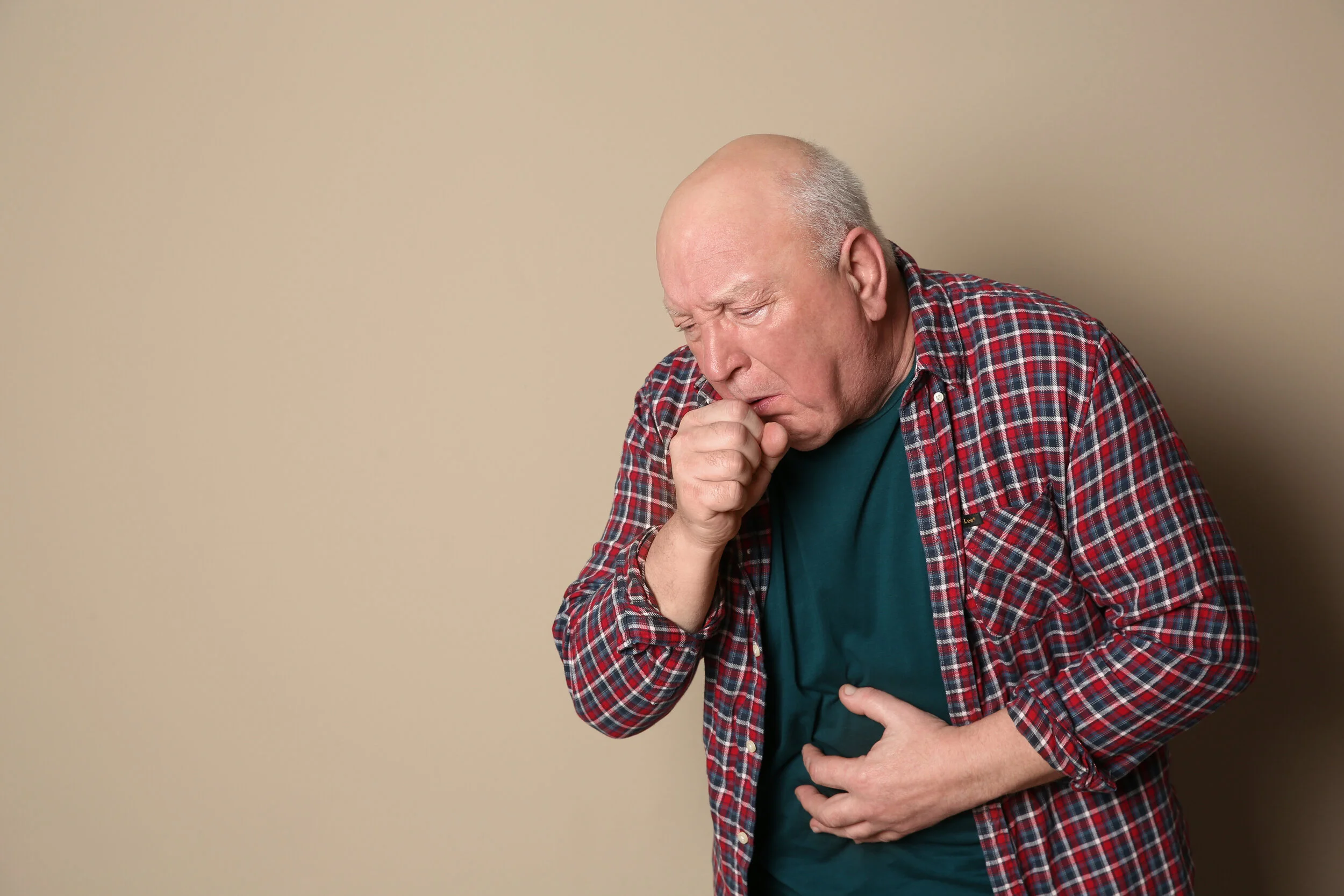Dust disease refers to chronic lung diseases which have been caused by inhaling certain dust particles or chemicals in powder form. It usually occurs in a work environment from sawing, cutting, sanding, grinding causing an unsettlement of dust or a frequent handling of chemicals. Dust disease can cause thickening or scarring of the lungs which results in shortness of breath, chest pains, mucus production and coughing.
There are not many treatment options available, however exercise is one that can help.
Did you know that after 8 weeks of exercise participants with dust disease in the study had improved their aerobic capacity and quality of life. This meant they were able to walk for longer without getting as effected by shortness of breath.
Dust disease like other lung diseases such as COPD have good outcome with regular physical activity. It increases ability to complete tasks around the house and your lung capacity. So you can do more of what you enjoy.
Studies have shown that by completing pulmonary rehabilitation the participants with dust disease had less doctor visits, reduced medication subscriptions and less frequent respiratory infections.
The exercise completed does not only have to be aerobic, increasing strength also has positive outcomes on improving dyspnoea (breathlessness). A study fund that by increasing muscular strength resulted in reduced dyspnoea and an overall increase in exercise tolerance.
How does exercise help me if I have dust disease, I have inhaled dust and caused scarring so how is exercise going to help this?
Aerobic exercise helps your heart get stronger which means that your lungs become more efficient at exchanging oxygen, therefore able to to provide more oxygen to your organs and muscles, therefore reducing your shortness of breath.
Resistance training is going to increase the strength of your muscles, especially the ones that help you breath. Therefore able to be more efficient in your breathing and able to get more oxygen around the body.
Strengthening your muscles will make the muscles more efficient and therefore will not need as much oxygen to to work therefore reducing shortness of breath..
So exercise does not remove the dust, however it allows your lungs to work more efficiently to exchange oxygen into the blood allowing an increase in oxygen delivery to the organs and muscles. Getting your lungs stronger that means you are able to get in more air and can help reduce inflammation and production of mucus which are common symptoms of dust disease.
So there you have it, if you have a type of dust disease or other respiratory disease, one of the most effective ways to help manage it, is through the participation of regular physical activity.

